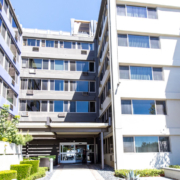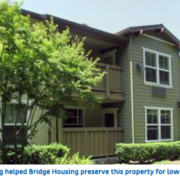Century Emerging Developers Program Helps Minority-Owned Businesses
Century closed its second loan utilizing the Century Emerging Developers Program with a local nonprofit active in the affordable development space. Through the program, Century provides financing to minority and women-owned developers who, because of organizational size, lack of capitalization, or limited track records, do not have access to financing on the same terms as […]





